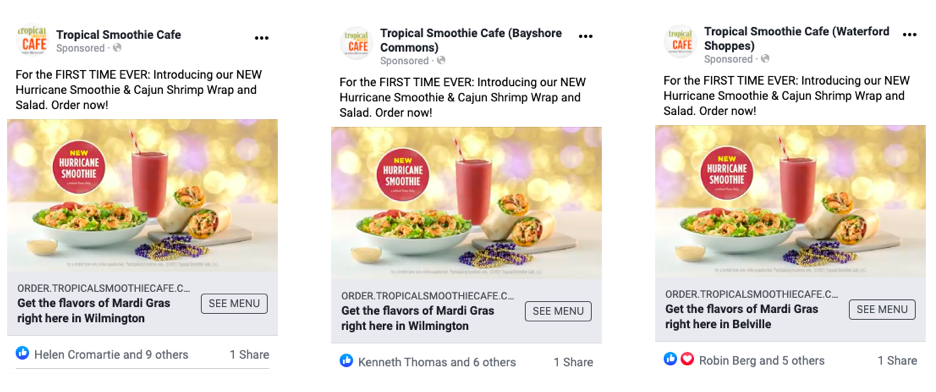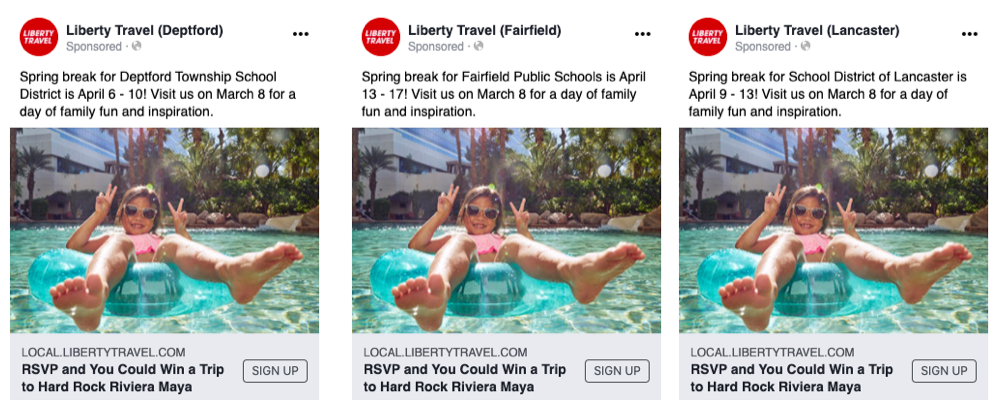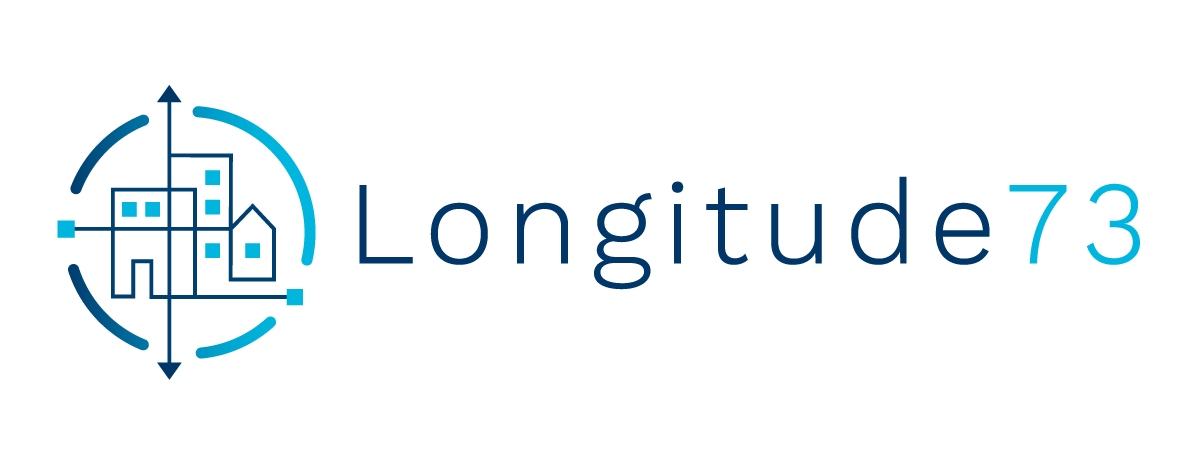Online to offline performance has always presented a challenge for chain businesses who want to reach millions of consumers through social media campaigns, but also need them to buy from brick-and-mortar locations. The challenges created by the pandemic, over the past year, have suddenly made the drive to offline purchase at stores much more challenging, while all the more necessary. It's true that more and more people have been staying home, but they also still need to eat and shop, so take-out, curbside (inclusive of BOPIS and BORIS), and delivery demand have been on an upward trajectory.
What does local social advertising look like when you can’t rely on driving in-person store traffic to your locations, but still need to generate revenue for all of your stores?
3 Steps that don’t seem easy, but can be:
- Hyper-local ads for every one of your locations, reaching users in the immediate vicinity
-
Campaigns published through the local store Facebook Pages, direct users to order through your local store pages for pick up or delivery
-
Deliver consumers a very low friction ad-to-purchase experience that drives increased sales for the store location
 This approach is all about the execution. Normally, these examples wouldn't be reasonable depending on the number of locations that a chain has operating, but reaching consumers with highly-targeted local ads can be made easy to do at scale, and the extra effort pays big performance dividends. By publishing unique campaigns for each location, through their local pages, focused on their unique sales area, you gain the benefits of location marketing.
This approach is all about the execution. Normally, these examples wouldn't be reasonable depending on the number of locations that a chain has operating, but reaching consumers with highly-targeted local ads can be made easy to do at scale, and the extra effort pays big performance dividends. By publishing unique campaigns for each location, through their local pages, focused on their unique sales area, you gain the benefits of location marketing.
First, you deliver a more relevant ad to the local consumer (see below example using school data to increase relevance to parents considering family vacations); they see an ad from a local business in their neighborhood. You want to serve an ad to consumers that feels like it’s from their favorite sandwich joint or retail store, and not some far off corporation (Heck, in the case of franchise brands, it's largely true that the locations are locally owned and operated businesses, so anything the mother brand can do to make that seem true to the public, is beneficial). That familiarity expressed in the ad, plus the ability for users to jump straight into the e-commerce experience, at their location, is a potent combination. It’s an approach the Facebook likes too, because more relevant ads often cost less to deliver. As part of our focus on performance location marketing here at Longitude73, we focus on being able to quickly deploy store-level local ads through Facebook and/or Instagram, that drive consumers directly to the point of purchase, making this an efficient and effective way drive local revenue at scale. This is not only a strategy for the challenges of that the pandemic has brought on, but more importantly, a go-forward strategy as more consumers move more of their buying habits into digital.
As part of our focus on performance location marketing here at Longitude73, we focus on being able to quickly deploy store-level local ads through Facebook and/or Instagram, that drive consumers directly to the point of purchase, making this an efficient and effective way drive local revenue at scale. This is not only a strategy for the challenges of that the pandemic has brought on, but more importantly, a go-forward strategy as more consumers move more of their buying habits into digital.


